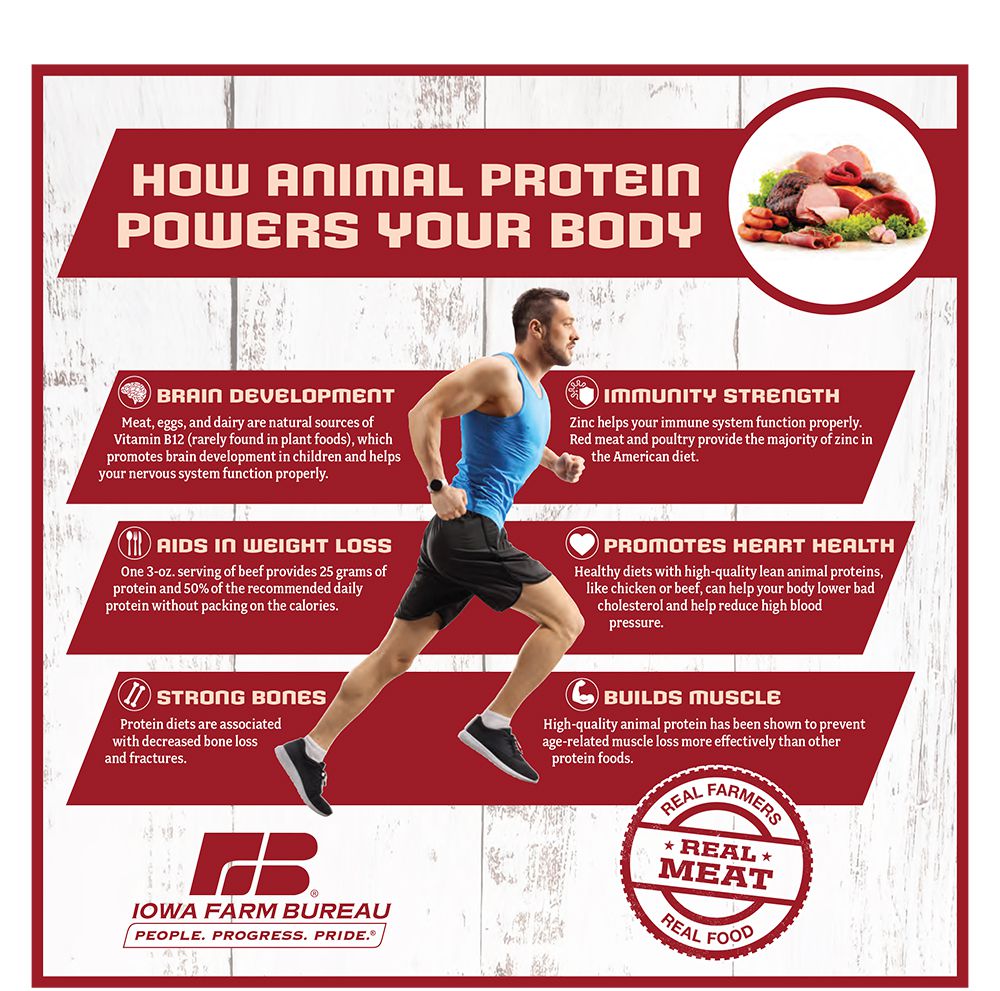Food safety from grill to plate
Author
Published
8/6/2020
We’re all focused on staying healthy these days. Experts say a nutritious diet – including fruits and vegetables, dairy and protein-rich meat and poultry - plays a vital role in helping our immune system work like it should, protecting our bodies from viruses and other germs that can make us sick.
Specifically, animal-based proteins, such as real beef and pork, are good sources of zinc, iron, protein and B vitamins, which support a healthy immune system.
However, even healthy foods can pose a risk if they aren’t cooked, served and stored safely.
What we may forget during the COVID-19 outbreak is that cases of food-borne illness also peak in the summer months, when we cook and serve more meals outdoors. Bacteria multiply faster in warmer temperatures, increasing our risk of catching a stomach bug at our backyard picnics.
While experts agree that the U.S. food supply is one of the safest in the world, food-borne illness can pose a serious risk to our health.
The U.S. Centers for Disease Control estimates that 48 million Americans, or at least one of every six people, gets sick from food poisoning every year.
Even more shocking, food-borne illness results in about 128,000 hospitalizations – and 3,000 deaths – each year.
In our rush to get the burgers on our plates, we may not follow all the recommended safe food handling precautions when we’re cooking at home.
For example, nearly two-thirds of Americans aren’t using a food thermometer regularly to ensure food is cooked to a safe temperature, the U.S. Department of Agriculture (USDA) reports.
The USDA stresses that color, or whether the meat is pink inside, isn’t a good indicator that it’s safe to eat.
Studies have shown that one out of every four hamburgers turns brown before it has reached a safe temperature.
The “danger zone” for meat and poultry is an internal temperature between 40 degrees and 140 degrees.
In that range, bacteria grow rapidly, and they can release dangerous toxins that can make us sick.
Experts say a food thermometer can also ensure that you don’t overcook those high-quality Iowa chops and burgers on the grill, so meat stays juicy and tender when serving.
The CDC recommends the following safe food temperatures:
- 145 degrees Fahrenheit – whole cuts of beef, pork and lamb, with a 3-minute rest time before serving
- 145 degrees – fish
- 160 degrees – hamburgers and other ground beef
- 165 degrees – ground turkey burgers, all poultry and pre-cooked meats, like hot dogs
In addition, always remember the four basics of food safety: Clean. Separate. Cook. Keep Cool.
Use clean plates and utensils when handling cooked meats and poultry, and make sure there is fresh water available for cleaning.
Separate raw meat and poultry from ready-to-eat foods, such as salads or fruits. Don’t use the same tongs and plates on cooked meats that you used on raw meats.
Cook to a recommended safe internal temperature, as measured by a food thermometer placed in the thickest part of the meat or poultry cut.
Bring ice to keep cold food cold. And don’t leave food out for more than 2 hours at room temperature, or for more than 1 hour on a hot day, the USDA recommends.
For more grilling safety tips, check out the USDA’s summer grilling how-to guide.

Return to The Iowa Dish